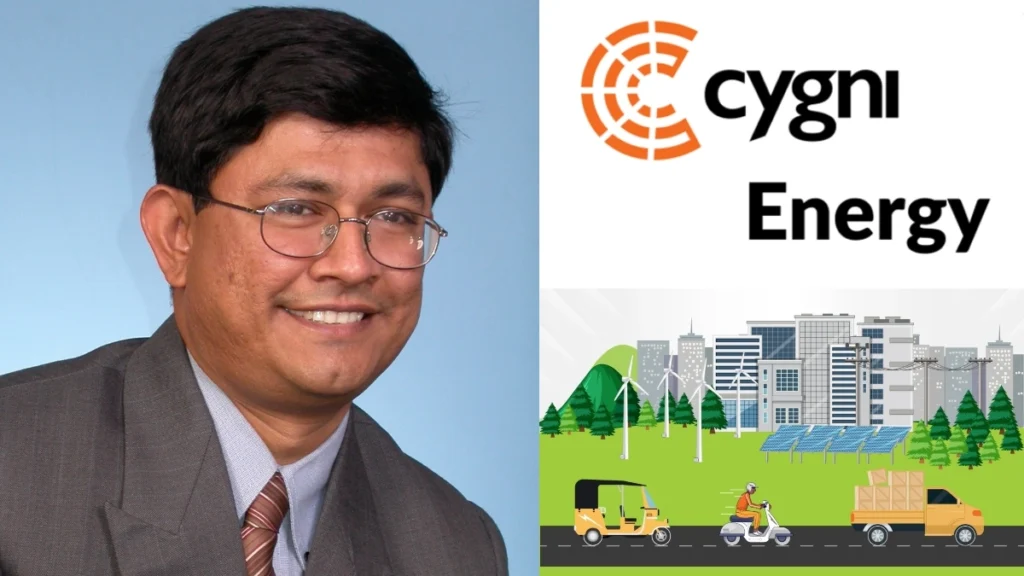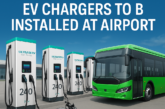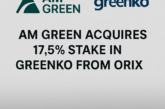Electric two-wheelers are about to start fresh
The Ministry of Heavy Industry has issued a notice to change demand incentives for electric 2W vehicles under the electric vehicle Rapid Introduction and Manufacturing (FAME) II program. June 1, 2023, will be the date the changes take effect.
In the revised version, the following changes have been made:
- There will be a reduction in the subsidy on electric 2-wheelers from INR 15,000/kWh to INR 10,000/kWh of battery capacity.
- Subsidies will be capped at 15% of the vehicle’s ex-factory price instead of 40%
The fact that over 779,000 high-speed battery-powered two-wheelers were sold in India between 2022 and 2023 is remarkable. The move by MHI will result in an increase in the price of the 2W electric model. Because of this, it is expected that the price of the most popular electric scooter will rise in the range of Rs 15,000 to Rs 30,000 shortly. How the industry corrects itself in light of these changes will be interesting to watch.

Dr. Deb Mukerji, a renowned automotive expert in the country, believes that the revised subsidy rules will be helpful in the development of a stronger EV ecosystem in the country. Many players of all types are present in the industry, including those that rely solely on imported CKD products for their production. As far as technology and supply chain are concerned, these players lack the necessary strength. “There is no doubt that only serious companies with technology supply chains will survive in the future,” he states. As he continued, “We are seeing established ICE players develop high-quality products as a result of their efforts. Shortly, consumers will be able to purchase an electric vehicle for more than Rs 1.5 lakh.”

He believes that by reducing the subsidy at this time, the industry will be able to develop innovative products and build an efficient supply chain to support new products. However, he adheres to the principle that the PLI system should be extended to the manufacturing MSMEs, which form the backbone of the automotive industry, as well as to the larger companies.

Venkat Rajaraman, the CEO of Cygni Energy, believes that subsidy cuts will encourage the 2W electric industry to switch to smaller battery capacities. This is due to reduced subsidies. As a result of the last FAME II change, electric vehicles’ battery capacity has been increased from 2 kWh to 3 kWh (this is a result of a demand incentive at INR 15,000/kWh as well as a 40% cap on the vehicle price). Due to this update notice, there may be a reduction in capacity as a result.
In addition, Rajaraman said electric vehicle companies may introduce updated models to optimize subsidies for consumers. The new AIS-156 Rev3 guidelines for batteries have overwhelmed testing laboratories. This change will likely lead to these agencies homologating additional vehicle models. In order to validate batteries and certify vehicles, additional testing centers are needed. Currently, this is one of the biggest bottlenecks that the industry is experiencing at the moment.
If you are an EV manufacturer (or) EV Dealer (or) EV Supporter who want to share news related to electric vehicles on our website, please send an email to crm@electricvehicles.in
For the latest electric vehicles news,
follow electricvehicles.in on
and our YouTube Channels








